What are Ayurvedic herbs?
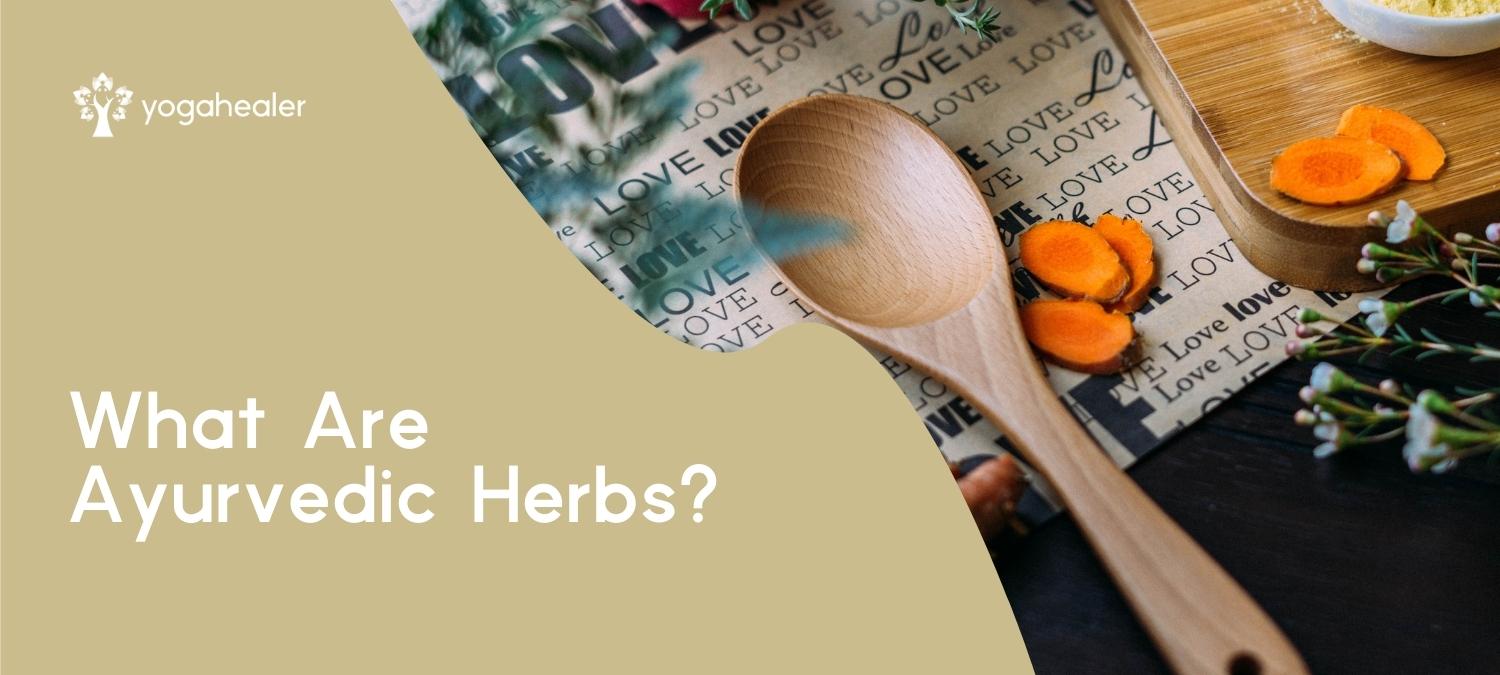
Would you prefer to hear about this topic? Click to listen to What are Ayurvedic herbs? on the Yogahealer podcast.
In the west, when you think about healing you immediately think about medicine. But Ayurveda is the art of living. It is an ancient healing science. There are no magic pills. That’s why, when I hear about Ayurvedic herbs, I find it funny. What is an Ayurvedic herb? Any plant growing on Planet Earth can be understood by the philosophy of Ayurveda.
Some people tend to think of certain herbs as Ayurvedic. They have this idea that only the herbs categorized by the Indians can be used in Ayurveda. But in reality, if you go for a walk in nature, wherever you are, you will encounter herbs with healing properties.
There is a great story about this. It tells the tale of a graduating class of Ayurvedic practitioners, whose final exam is to find an herb with no healing properties. Different students come up to the guru with herbs they thought had no healing properties at all. And every time the guru said they were wrong. Weeks later, one student comes back and tells the guru he could not find a plant with no healing properties, that even poisons could heal in the right dosage. The guru said, “we have a winner!”.
Weeds Can Heal
Plants have been on this planet hundreds of millions of years longer than humans. They are intelligent beings with incredible wisdom within their cells. All of them are unique in how they grow, where they grow, who they grow alongside, and what they can do for the human body.
All plants have medicinal value. We seem to have forgotten it. We spray healing plants, like chickweed, thistle, dandelion with petrochemicals. We try to get rid of plants we can benefit from. I eat all these plants most of the year. I’ll put them in my dehydrator, grind them into a green powder and use it when there’s less green food available. I might put a little bit in a smoothie or even take a shot if I feel like I’m getting sick. The bitters and astringents help kill bacteria and viruses, and break up phlegm.
When you start learning how to use plants, you begin to know their language. Is this plant demulcent? Astringent? Rejuvenative? Detoxifying? And you will realize many of these plants have many qualities. Different parts of the same plant can be stronger in certain qualities.
Dandelion root, for example, is very different from the dandelion’s stalk, green and flower. Dandelion root is more of a tonic, whereas a dandelion leaf is much more astringent and it’s diuretic. The entire dandelion plant is rejuvenating, but when you roast a dandelion root, it loses some of its detoxifying properties but it increases its rejuvenating properties.
If you widen your perspective, you understand all plants are part of the science of life. Even the plants you have been trying to keep out of your garden can benefit your health. Salsify is another great example. It is high in omega fatty acids.
Healing Herbs from your Ecosystem
In order to start using herbs for your health, you need to reconnect with nature. I find that humans, connecting with plants, is really healing. Not plants that are dried, powdered, put into a capsule, and then into a plastic bottle. Just as Amadea Morningstar said, plants are potent healing allies. You have to develop a relationship with them.
Plants are friends that are all over. They’re growing through the cracks in the concrete, growing in disturbed soil on the side of roadsides, even where there are toxic chemicals. You should listen with your intuitive body and let yourself receive healing wisdom directly from the plant. Humans and plants have always been communicating with each other.
As you start this process, you’ll realize you are able to taste the plant and begin to notice the effect it has on your tissue. When you put it in your mouth, does it make your mouth dryer? More watery? Does it make you want to spit it out? Does it pull some phlegm out with it? Connect with the herbs in your ecosystem and see what effects they have on you.
When you go online and search for Ayurvedic herbs, you’ll get a list of plants that are originally from India. It makes sense, people associate Ayurveda with India. The problem with focusing on these Indian herbs is that you are not connecting with the ones from your own ecosystem.
Ayurvedic Herbal Formulations
After understanding the properties of different herbs, you need to start paying attention to how you can create formulas with groups of plants. Let’s say you want to have more energy, you could use Ashwagandha as a primary herb. Ashwagandha balances stress hormones, helps with adrenal fatigue and increases energy. It’s an adaptogen meaning it adapts to what your body needs. And you could pair it with Shatavari, a rejuvenator.
Unfortunately, Ashwagandha is a very heavy herb. So you would pair the Ashwagandha and the Shatavari with a digestive or an assimilative. In order not to slow your digestion, ginger is a great option. So you now have Ashwagandha, Shatavari, and Ginger, all you need is a cleansing or detoxifying herb, like Turmeric.
When you create an Ayurvedic formula you need to take into account several things. You obviously want to tackle the health problem, but you also need to consider the different variables present. What is the nature of the imbalance? Is it Vata? Pitta? Or Kapha? How old is the person? What season is it? All of this should be considered.
In fact, any formula should not be used for longer than a season. When we understand that plants are potent healing allies and that they are seasonal, we also understand there is a time and a place for the right formula.
To get the best out of Ayurvedic herbs, we need to reconnect with nature and befriend plants. Start by connecting with what is happening in your ecosystem, and slowly develop the best formulas for you. If you find it hard to reconnect with nature and get into rhythm, you can enroll in our Body Thrive program and get all the support you need.
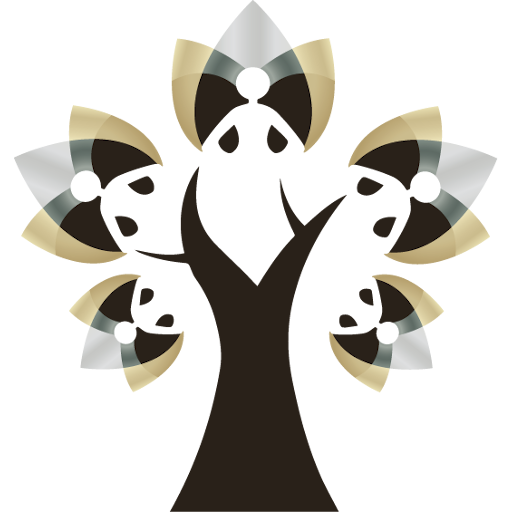

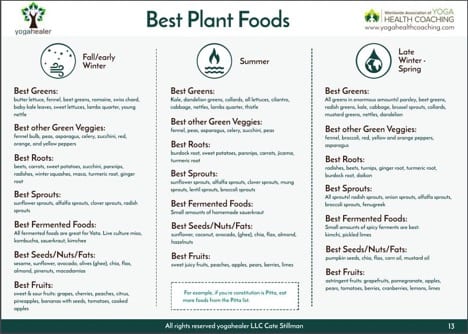
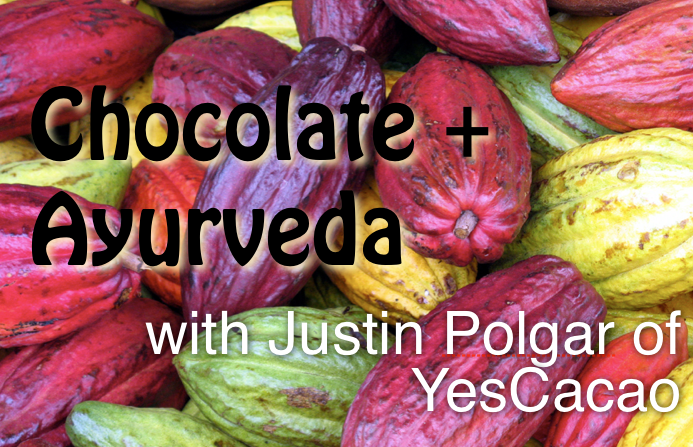
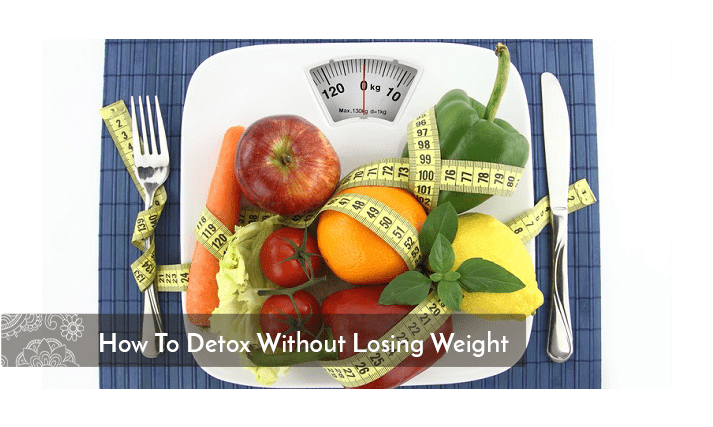

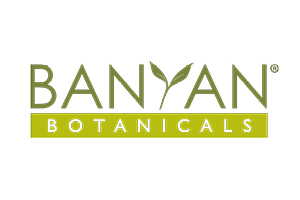


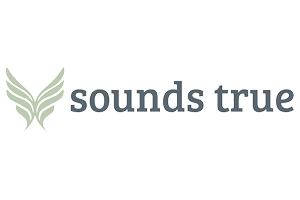

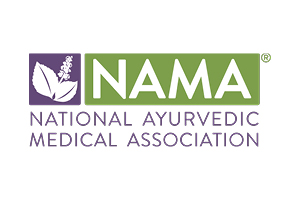

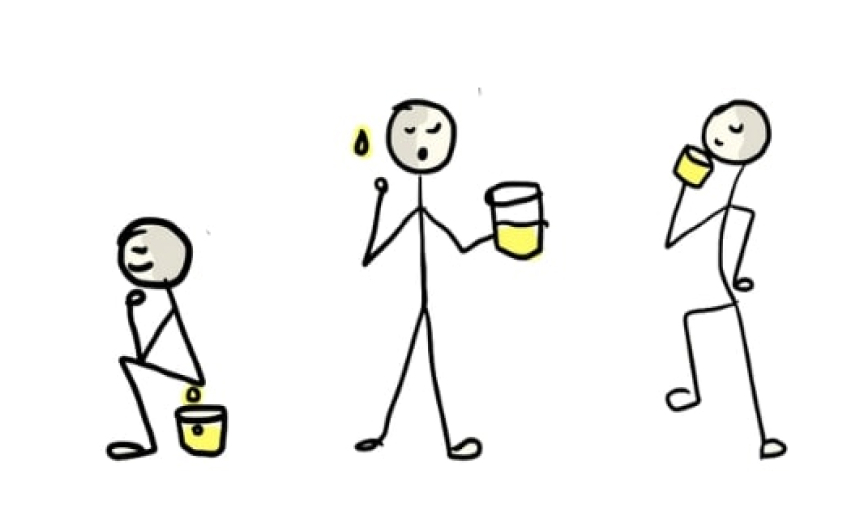
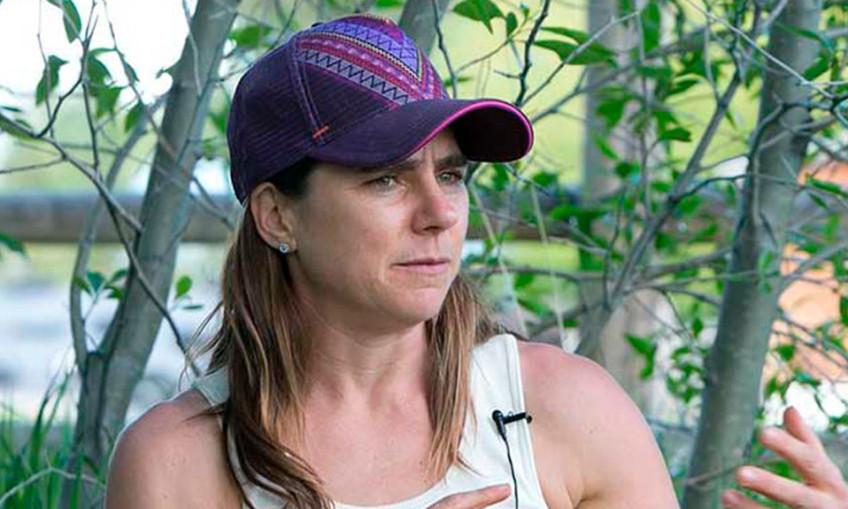

Comments
No comments yet, be the first to comment